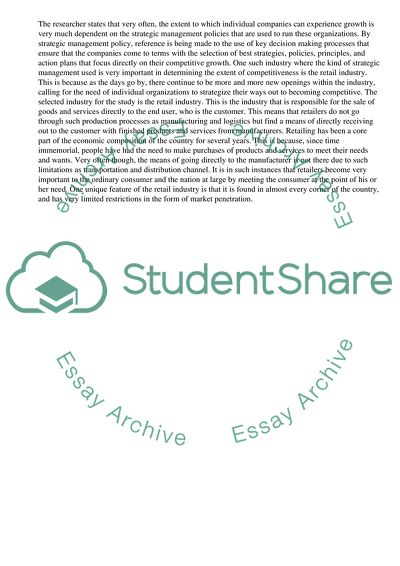Cite this document
(“The Role of Retail Industry towards the Economic Advancement of the Essay - 1”, n.d.)
The Role of Retail Industry towards the Economic Advancement of the Essay - 1. Retrieved from https://studentshare.org/management/1650260-advances-in-strategic-management
The Role of Retail Industry towards the Economic Advancement of the Essay - 1. Retrieved from https://studentshare.org/management/1650260-advances-in-strategic-management
(The Role of Retail Industry towards the Economic Advancement of the Essay - 1)
The Role of Retail Industry towards the Economic Advancement of the Essay - 1. https://studentshare.org/management/1650260-advances-in-strategic-management.
The Role of Retail Industry towards the Economic Advancement of the Essay - 1. https://studentshare.org/management/1650260-advances-in-strategic-management.
“The Role of Retail Industry towards the Economic Advancement of the Essay - 1”, n.d. https://studentshare.org/management/1650260-advances-in-strategic-management.


